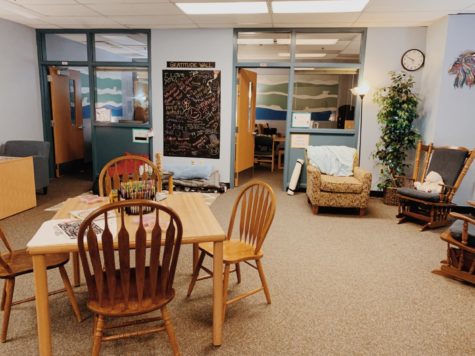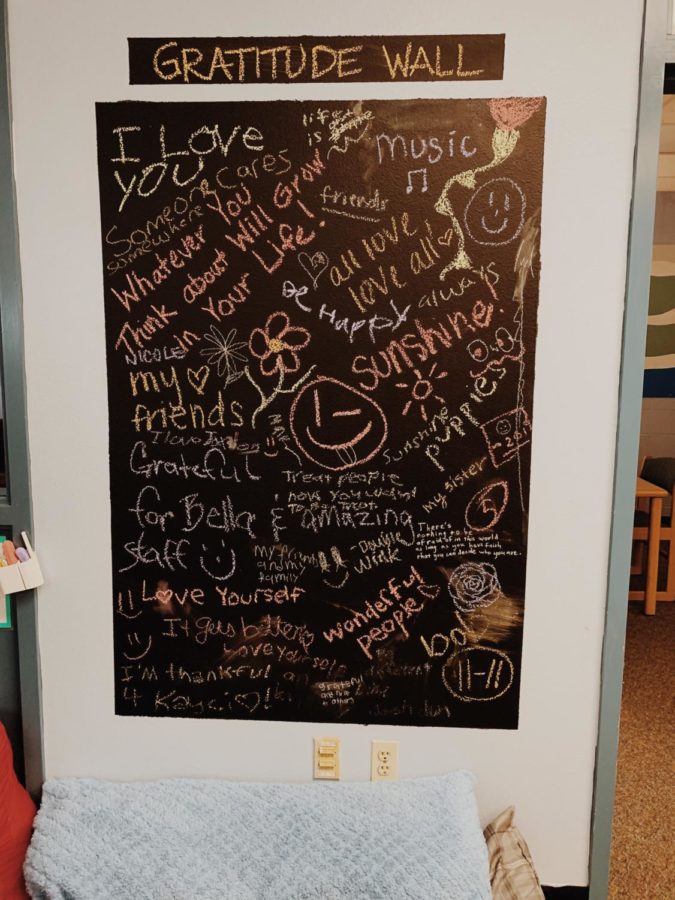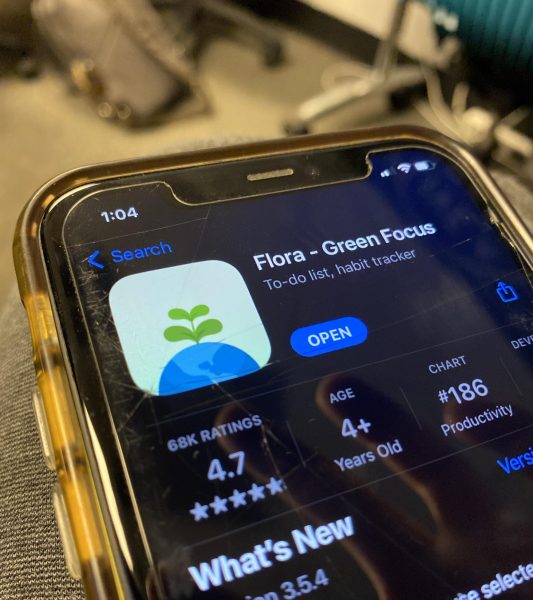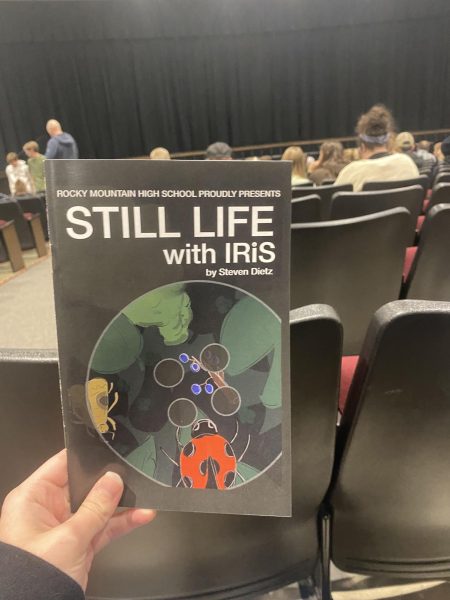Student Learning Barriers That Go Unnoticed
As the abrupt ringing echoes off the bedroom walls, he struggles for balance while walking towards his alarm clock. This is the fifth night in a row that he has gotten less than six hours of sleep. This is common for the teenage boy and many others like him. Sleep deprivation is one of the many learning barriers students face daily. Learning barriers are categorized as personal, family, and societal things that disrupt learning.
Personal barriers can include a disability, a mental illness such as clinical depression, trauma, substance abuse, or an eating disorder.
Family barriers are ones students may grow accustomed to over time and usually develop in the household. For example, abuse and neglect, being a latchkey child, or a death in the family–all may prevent a student from excelling in school.
Societal barriers occur on a larger scale and can be caused by a variety of outside factors, such as poverty or bullying.
Sleep deprivation, abuse and neglect, and bullying are learning barriers detrimental to a student’s success unless teachers are able to intervene and provide appropriate assistance.
Sleep deprivation is characterized by sleepiness, increased appetite, mood changes, memory problems, or lack of motivation.
When students receive less than the recommended eight to eleven hours of sleep, their school performance suffers. In order to prevent health problems, poor judgement, and stress, teachers must adapt strategies to help students.
To create a welcoming place for relaxation in their classroom, teachers could create a comfy corner with pillows and blankets for kids to rest during breaks or recess.
By providing healthy snacks, teachers can fill hungry stomachs and in exchange see positive engagement and better attitudes from their students. Stress balls or fidget toys can also improve concentration.
Unlike sleep deprivation, abuse and neglect, emotional abuse, physical abuse, sexual abuse, neglect, or domestic violence are negative family learning barriers. . Victims of abuse and neglect must understand they are not at fault and can seek help from a trustworthy teacher.
Teachers can contribute by recognizing warning signs early on. Students may have bruising, welts or burns that are unexplainable and often in areas where children typically do not get injured. Clothes may be ill-fitting or inappropriate for the weather, or the child could constantly have bad hygiene.
By developing a sense of belonging in the classroom and offering private support or even an ear for listening, teachers can build connections with those who are struggling.
If issues prevail, teachers are mandatory reporters and must contact child protective services.
Bullying is another barrier that may delay a child’s ability to learn.
Teachers play a crucial role in identifying when a student is being picked on or harassed. Isolation, unexplainable injuries, faking an illness, or lost/destroyed valuable items are all warning signs.
Teachers must eliminate any verbal or physical contact by seating the children separately and preventing eye contact. Team bonding, and get-to-know each other activities can create a sense of family and friendship in the classroom. By helping students make relationships, teachers can limit the amount of conflict that might arise later on.
As a positive influencer in a student’s life, teachers have big shoes to fill. After recognizing a barrier, teachers must construct a welcoming environment, provide support, allow group activity, and encourage friendliness between students. By doing so, teachers can successfully intervene and help children reach their educational potential.


Fiona is a senior at Rocky Mountain High School. Throughout high school she has participated in DECA, Key Club, Link Crew and various honors societies....







della • May 2, 2019 at 10:12 am
Interesting story about a topic thats not usually discussed.